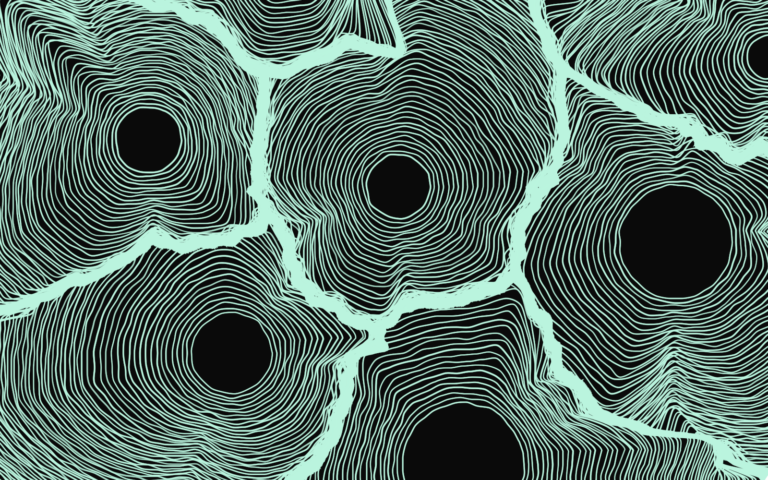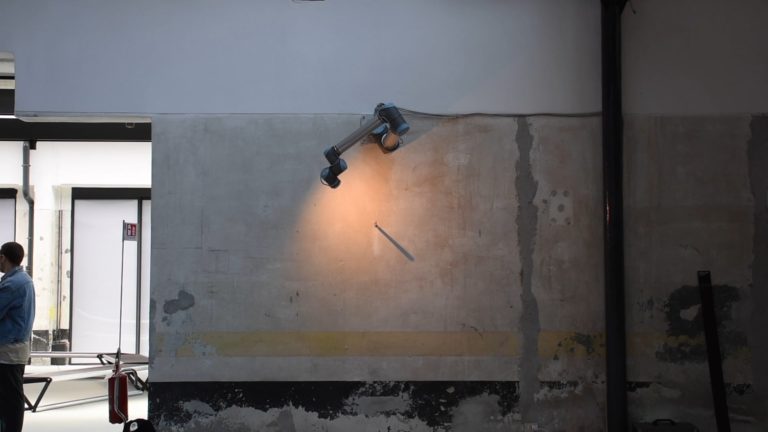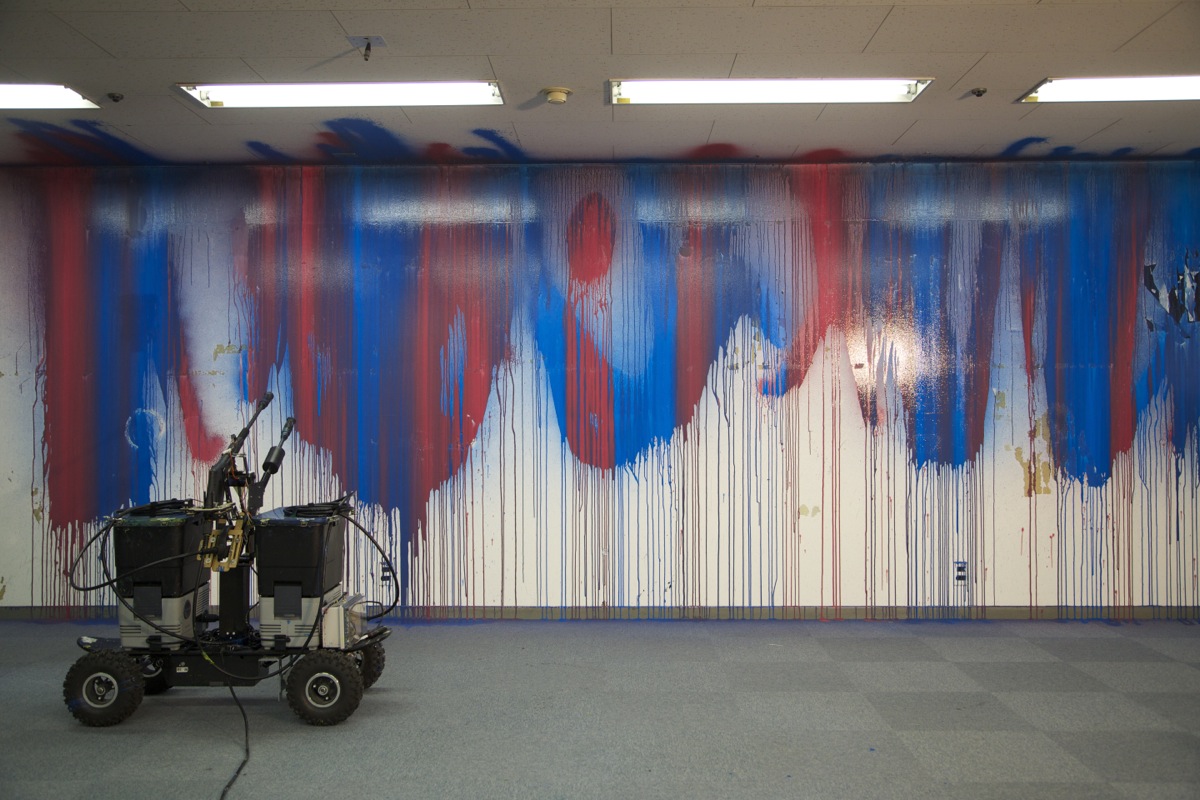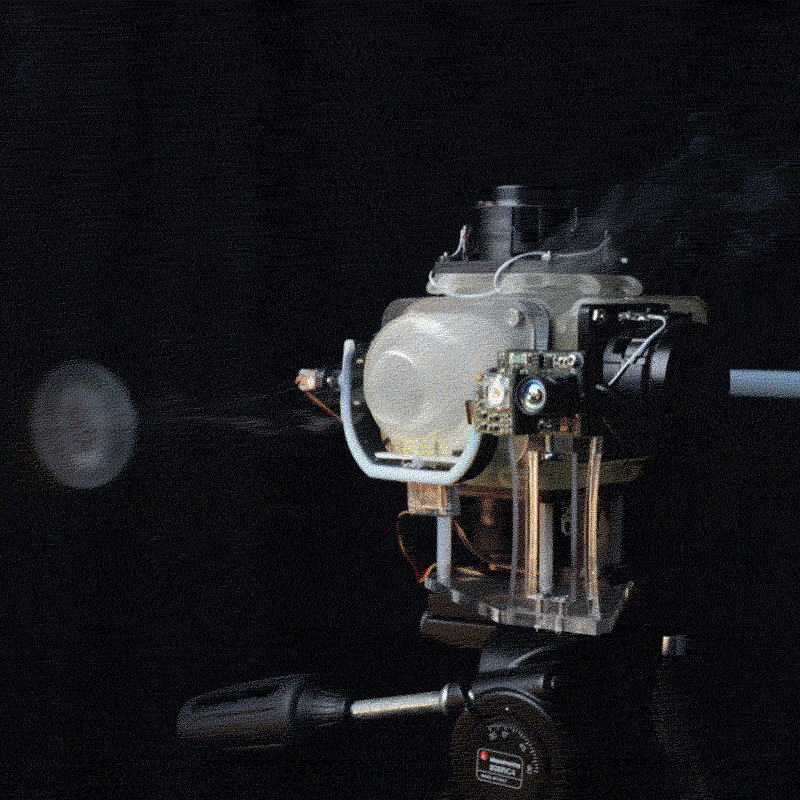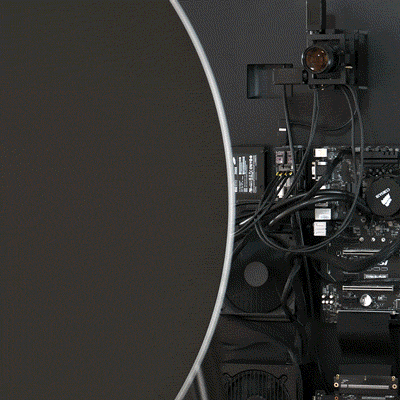Created by So Kanno, Akihiro Kato and Takemi Watanuki, Kazokutchi is an installation that consists of robots (referred as “houses”) installed on a pedestal inside exhibition spaces with families of Kazokutchi, digital artificial lives, that inhabit those houses. The data of each member of a Kazokutchi family (name, date of birth and family tree) are registered as NFTs, and can be traded. Kazokutchi can reproduce by fertilizing eggs, for which new NFTs are then automatically issued. For a successful fertilization, two “houses” need to be at an appropriate physical distance from each other during the breeding period.
There is an IC tag on the side of each house and an IC Tag Reader on the other side. Kazokutchis. which are actively moving during the breeding season, sometime read the IC Tags of other houses and as a result an egg is fertilised and an NFT is minted. Since eggs are instantly issued as NFTs on OpenSea and the ownership of the NFT automatically belongs to the owner of the “mother”. As there are more eggs, each house becomes more lively and vibrant. Each Kazokutchi has a lifespan, and when it dies a star appears but its record on the blockchain remains.
With the behavior of physical robots being reflected in the NFTs’ (blockchain) actions, and metaphors of human social life such as “house” or “family tree,” Kazokutchi contains various hints for discussing possible new social formats, including the meanings that such novel technologies as blockchains and NFT may assume within the human society.
Project Page | So Kanno | Akihiro Kato | Takemi Watanuki
The project was realised in part within the framework from the European Media Art Platform residency program at KONTEJNER | bureau of contemporary art praxis with support of the Creative Europe Culture Programme of the European Union. Co-developed by NTT InterCommunication Center [ICC]





/++



